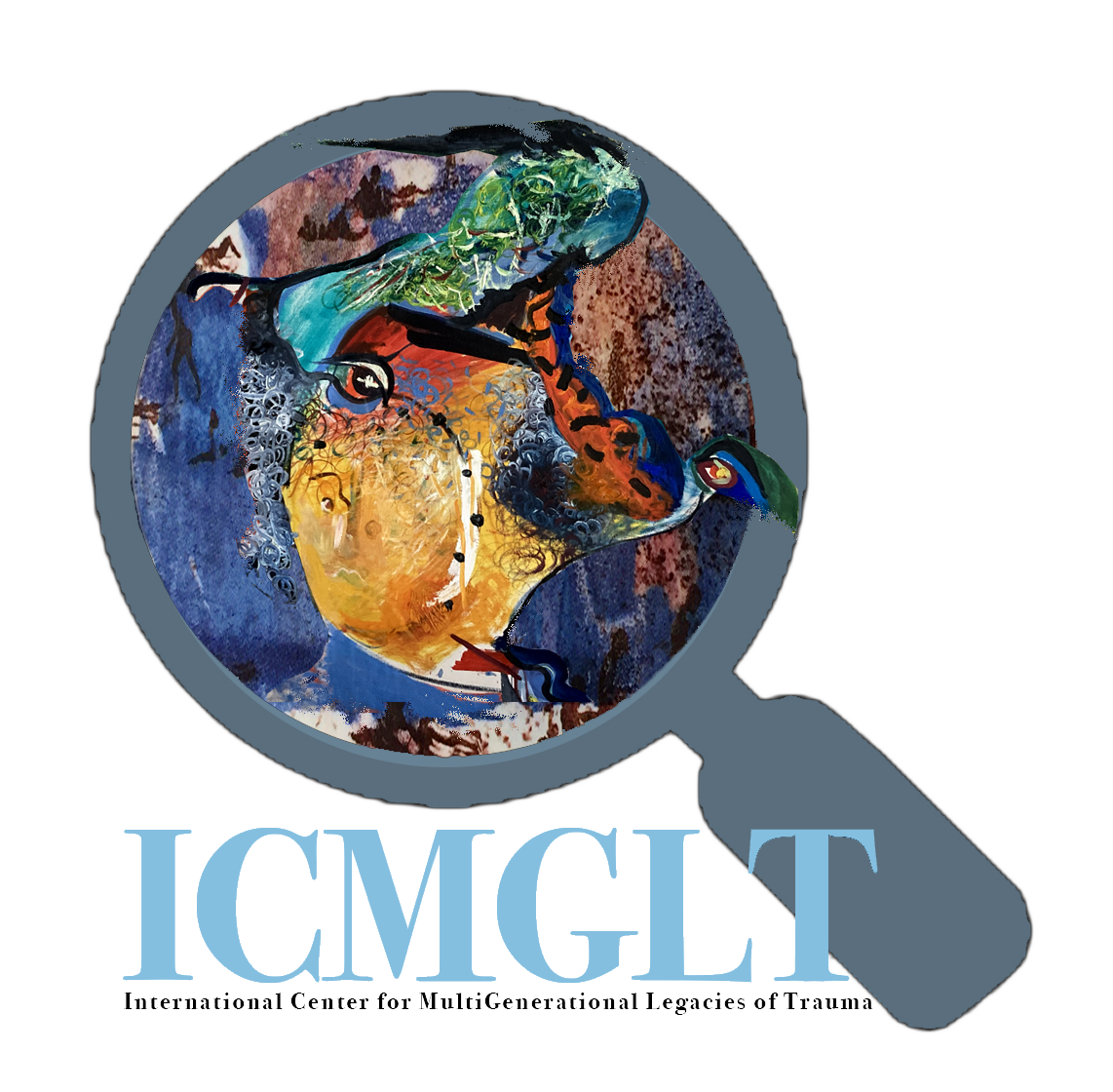Using data from over 10,000 herbarium specimens, Smithsonian scientists uncover the urgent conservation needs of the plants, which are critical to tropical ecosystems
Ella JeffriesMarch 7, 2025
:focal(1632x1228:1633x1229)/https://tf-cmsv2-smithsonianmag-media.s3.amazonaws.com/filer_public/48/19/4819fdc1-c505-4d11-acf4-fbb9f3154b90/y_-_kress_photo_8.jpg)
A recent study highlights a troubling reality for Heliconia, a genus of tropical plants celebrated for their stunning, bird-shaped flowers. Published today, March 7, in the journal Plants, People, Planet, the research reveals that nearly half of the 187 species of Heliconia are now threatened with extinction, primarily due to habitat loss, climate change and poaching.
Until now, little was known about the status of Heliconia populations in the wild. While a few species had been assessed for conservation, only 21 of these remarkable plants were listed on the International Union for Conservation of Nature’s Red List of Threatened Species. Using data from nearly 10,000 herbarium specimens, scientists at the Smithsonian’s National Museum of Natural History have brought attention to the conservation status of these plants, revealing that 87 species—almost half of the genus—are now classified as threatened with extinction.
“It’s understood that when you’re looking at any given plant group or region you’d expect about a quarter percent, maybe up to a third of that group might be endangered,” says Gary Krupnick, head of the museum’s plant conservation unit and co-author of the study. “We got about 50 percent of the genus as being threatened, which is quite alarming.”
Heliconia plants are beloved for their ornamental value, often seen in gardens around the world. However, their popularity has led to over-exploitation and increasing pressure on their native habitats in tropical rainforests across Central and South America. Still, not much information about the conservation status of these plants had previously been uncovered.
/https://tf-cmsv2-smithsonianmag-media.s3.amazonaws.com/filer_public/f9/db/f9dbeb4f-7074-468e-a076-373189a790d9/a_-_kress_photo_1.jpg)
Most of the endangered species are found in regions that have severe human impact. Increased agriculture, urbanization and roads have significantly degraded their habitats, particularly in the Andes mountain range, where the high-altitude species are most vulnerable. Some of the most at-risk species grow in areas that are not well-protected, and few are represented in botanical gardens.
These plants are also crucial to local ecosystems, providing essential resources for a variety of creatures, including hummingbirds that pollinate their flowers. Krupnick explains that if these plants are removed, it creates a chain reaction—hummingbirds would lose a vital food source, which could lead to their decline or extinction. This, in turn, would affect other animals that rely on hummingbirds, as well as insects that depend on the plants for nourishment. The loss of these insects would then ripple through the food chain, impacting species that rely on them as a food source.
To address the problem, the researchers have developed a plan to protect the most vulnerable species of Heliconia, prioritizing 45 species for immediate protection—especially those underrepresented in gardens and at high risk.
“There’s really two directions that things are going now,” says John Kress, an emeritus curator at the museum and lead author of the study. “One is setting up more protected areas in their native habitats, primarily in South America, Central America and a bit in the Caribbean.”
Kress explains the other approach is cultivating these plants in botanical gardens so that they “may weather the storm.”
“Eventually, we’re going to go through some catastrophe, I’m afraid,” he adds. “A lot of our impact, human impact on the planet, is going to subside, and so will a lot of humans.” He notes that if the plants are still hanging around in botanical gardens, “perhaps they’ll be able to get back to where they’re supposed to be.”
As part of their strategy, the researchers are also raising awareness about the urgency of conservation for Heliconia. In addition to increasing protected areas and cultivating plants in botanical gardens, Kress and Krupnick are focused on educating the public and encouraging sustainable horticulture practices.
“We as people, are a part of nature, and we can’t avoid that,” Kress says. “We may not pay attention to that, but we have to understand that we are part of nature, and if we don’t take care of nature, nature is not going to take care of us.”
The two will attend an international meeting of Heliconia scientists and commercial growers in Hawaii at the end of March, which Krupnick says is “the starting line” of trying to get the plants introduced into greenhouses and botanic gardens.
Despite the grim outlook, the researchers remain optimistic about the future of Heliconia. Both Kress and Krupnick emphasize that while the situation is critical, it’s not too late to make a difference.
“I think the world’s in a pretty difficult spot right now, but I don’t think we’re going to succeed unless we try,” Kress says. “And so the fact is, let’s make the effort and do what we can and see if we can help.”




